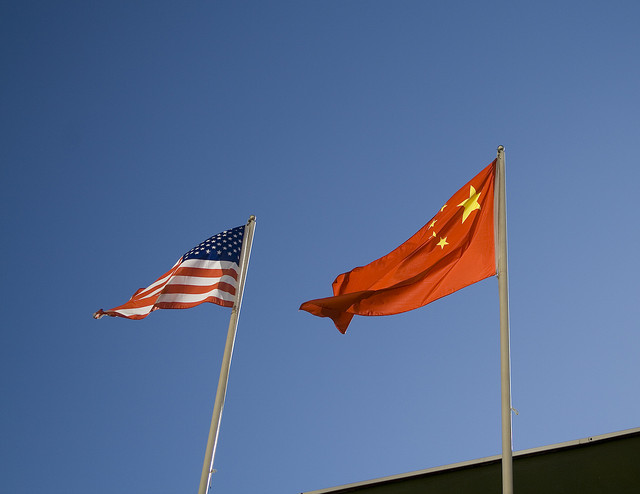
The concerns of millions of American workers must be on the agenda.
It’s a meeting of the minds in Washington, D.C. this week, as U.S. and Chinese officials are holding talks during the Seventh China-U.S. Strategic and Economic Dialogue.
And expectations are… low.
Seems that things are a little awkward after the recent discovery that Chinese hackers stole the personal data of pretty much anybody who ever has worked for the federal government. The only area where progress might be made during the talks is over the environment.
And that’s a shame, because there’s a lot that the two nations need to hash out, from tension in the South China Sea to human rights to trade. American workers also have a few concerns of their own. Here are four things that the Alliance for American Manufacturing would love to see on the agenda.
- The Yuan: China continues to manipulate its currency, an unfair trade practice that’s driving our growing the U.S. trade deficit with China — and cost 3.2 million jobs between 2001 and 2013. The Obama administration says it has pressed China on the issue, but hasn’t actually taken the step to name China a currency manipulator. It’s time for a little honesty, and time to accelerate the appreciation of the yuan.
- Trade Reciprocity: American companies sold a record $120.8 billion worth of goods in China in 2014. That sounds great — until you realize that China sold $343 billion worth of goods in the United States that same year. It’s a one-sided relationship, and it’s time to level things out. The two nations should set a goal for reciprocity that’s measured by results, including eliminating barriers to allow a sharp increase in U.S. exports and decreases in unfair state-subsidized exports from China.
- State-Owned Enterprises and Overcapacity: At least 19 industrial sectors in China that are subsidized by the government are flooding the global market, and it’s creating a lot of problems. Take steel. China’s economy is cooling off, which means it isn’t using all the state-subsidized steel its factories are producing. But the factories aren’t slowing down, leading China to flood the U.S. market with steel that’s unfairly priced far below fair market value. It’s time for the two nations to work together to reduce China’s industrial overcapacity (and work to transition those state-owned enterprises).
- Food Safety: In November 2014, the U.S. Department of Agriculture gave four Chinese companies approval to export cooked poultry products to the United States, clearing the way for U.S. companies to send frozen chickens to China for processing. That created a major backlash among a range of U.S. activists who cited China’s troubling food safety history as a top concern. Congress even moved to include a provision in the fiscal year 2015 omnibus appropriations bill preventing the funding of China chicken for use in school meals. While this and other food safety issues — including the safety of China-produced pet treats — might not garner as much attention as other issues, it’s vital it’s addressed. After all, what is more important than the safety of the food our families eat every day?
